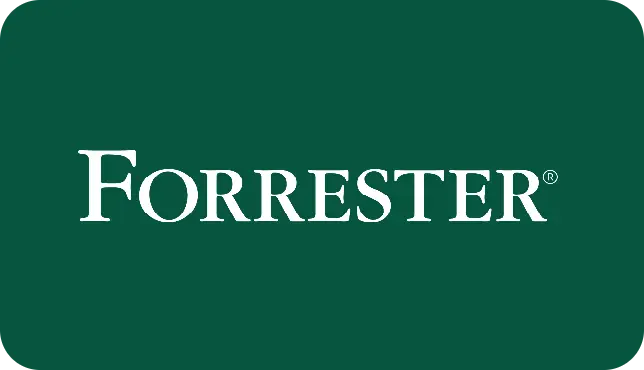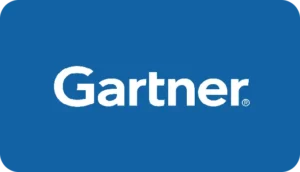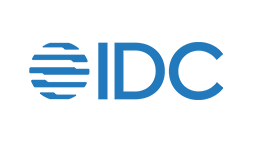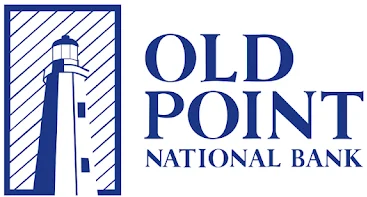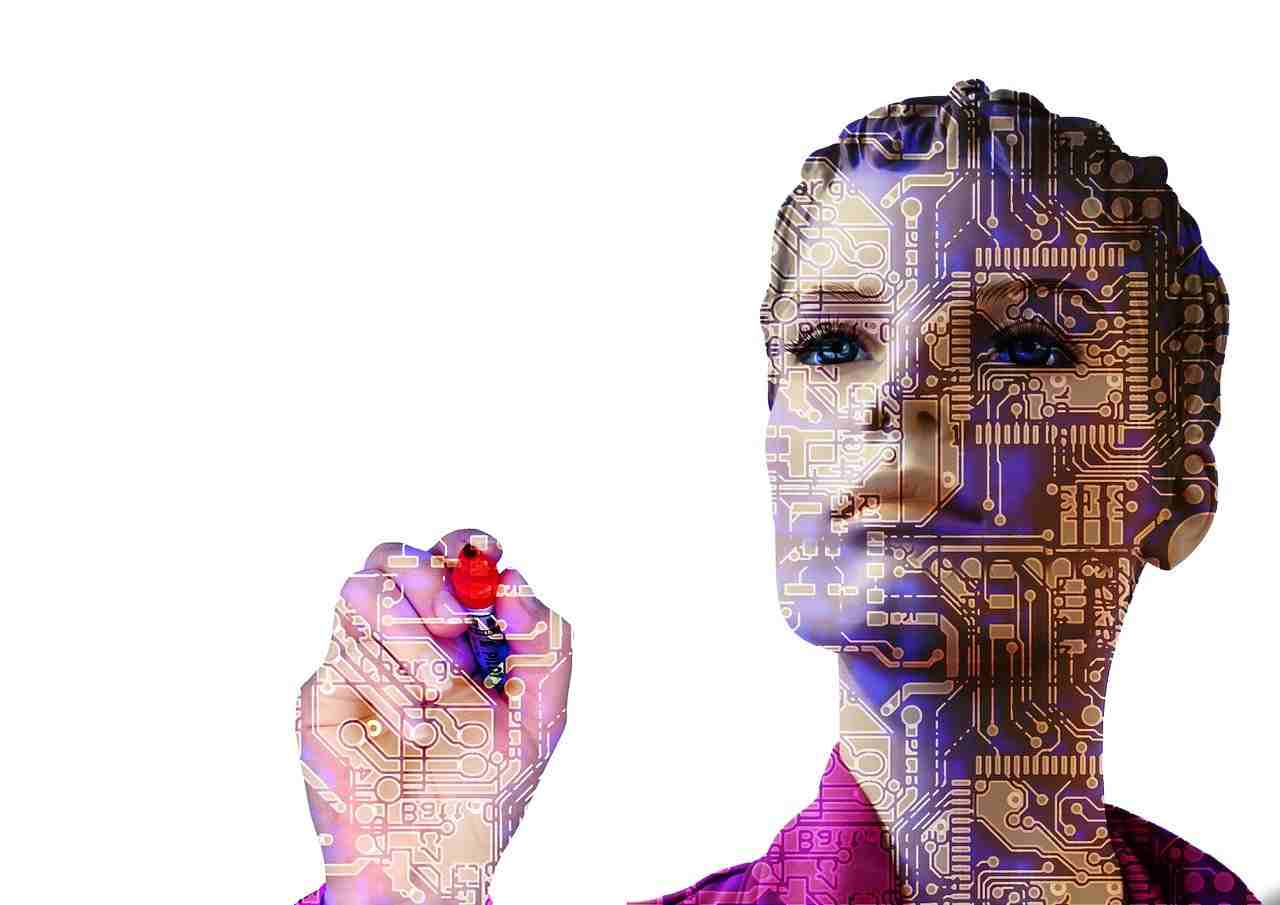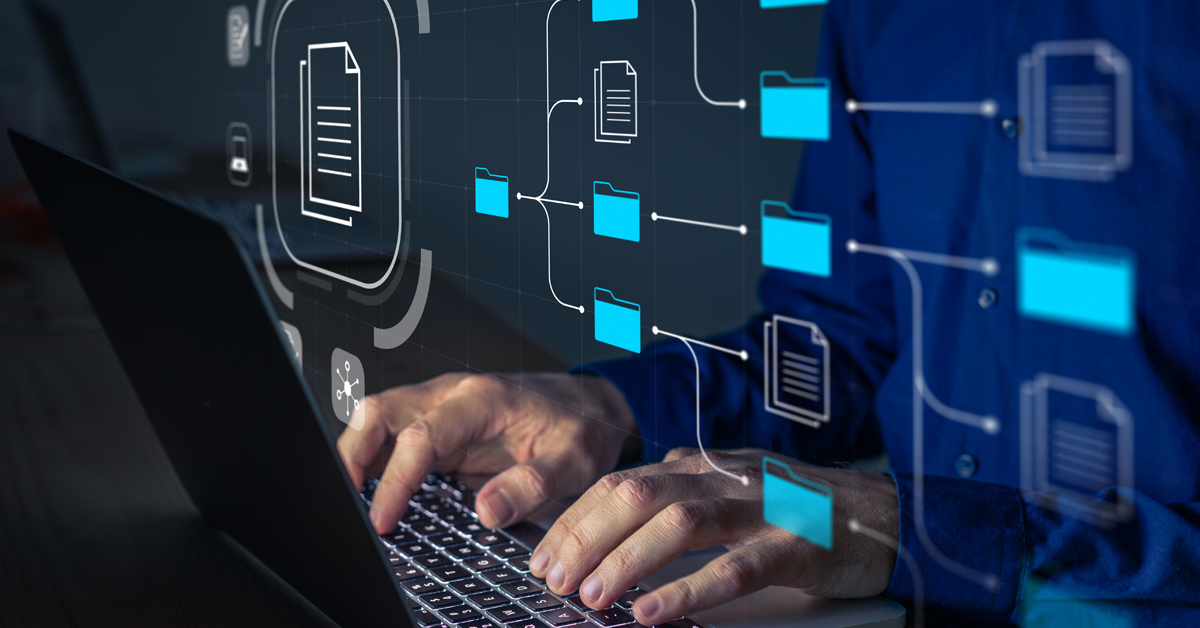Image capture refers to the process of recording a digital image by using a camera, scanner, or any other imaging device. In the digital world, there are various ways to capture images, such as QR code scanning, MICR, OCR, document scanning, and video recording. QR codes are used to provide product information, coupons, or links to websites, while MICR is used to capture information from banking documents. Document scanning is the process of digitizing paper documents. The captured documents are then processed using techniques like OCR and ICR to extract text and other relevant information from the document. Meanwhile, video recordings are used for online KYC, security, and monitoring purposes. The image and extracted data can then be stored, modified, and shared for further processing.
Image capture has become an essential aspect of modern life, and it has numerous practical applications across various industries. For instance, in the retail industry, QR codes are used to enhance customer experience by providing easy access to product information, coupons, and website links. Many restaurants now make use of QR codes to display their menu, allowing customers to view the menu using their mobile devices.
In the banking industry, Magnetic Ink Character Recognition (MICR) technology is used to capture important information from bank checks, such as the account number, routing number, and check number. This technology speeds up check processing, and reduces errors.
In the healthcare industry, document scanning is used to digitize patient records, which improves the efficiency of data management and allows for faster and more accurate diagnosis and treatment. OCR and ICR techniques are used to extract relevant data from digitized documents, such as patient names, dates of birth, and medical history.
Meanwhile, video recordings are used in various fields, including law enforcement, security, and online KYC (Know Your Customer) verification. In the banking industry, video recordings are used to verify the identity of customers during online transactions. In the security industry, video recordings are used for surveillance and monitoring purposes and help to prevent theft and other criminal activities.

